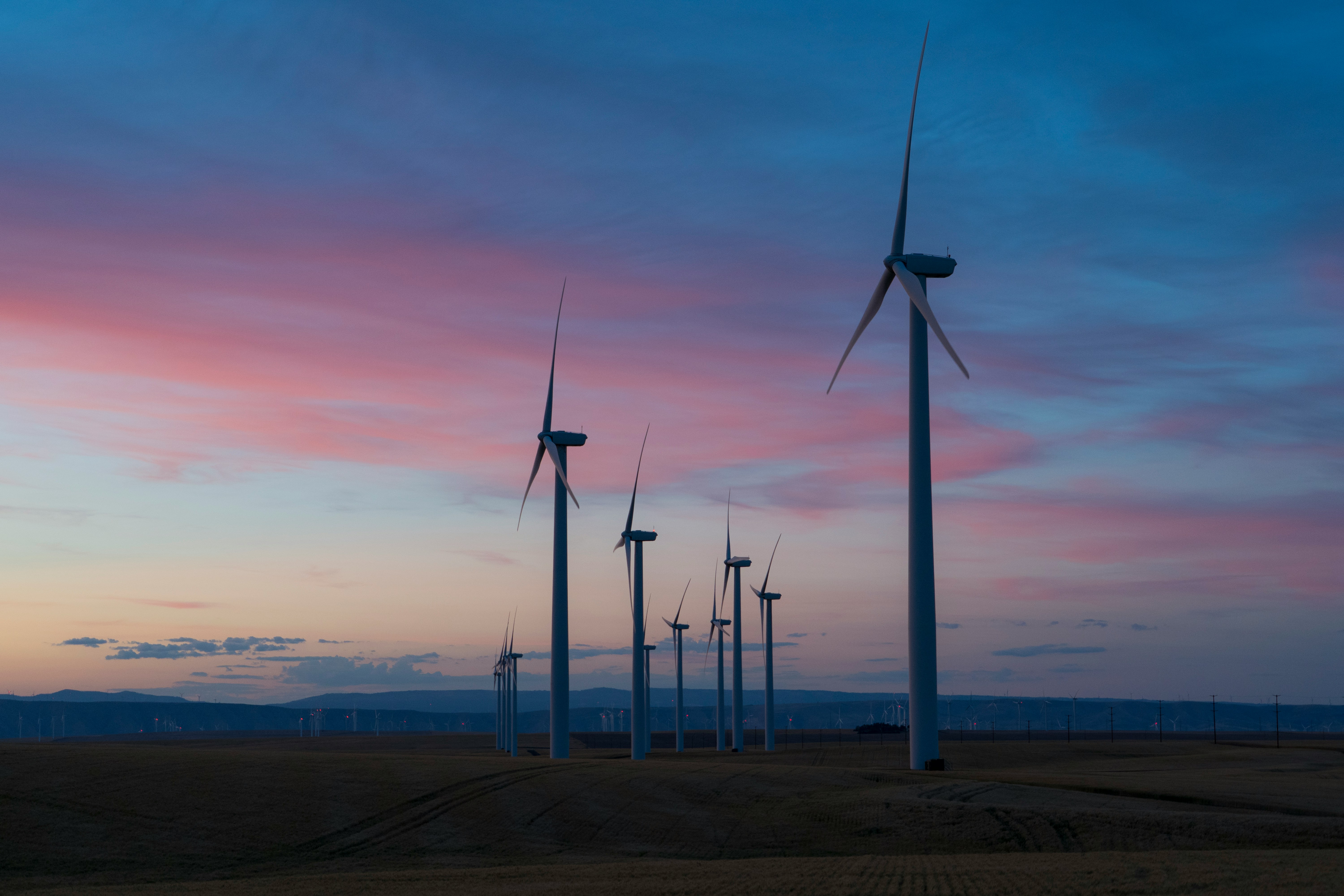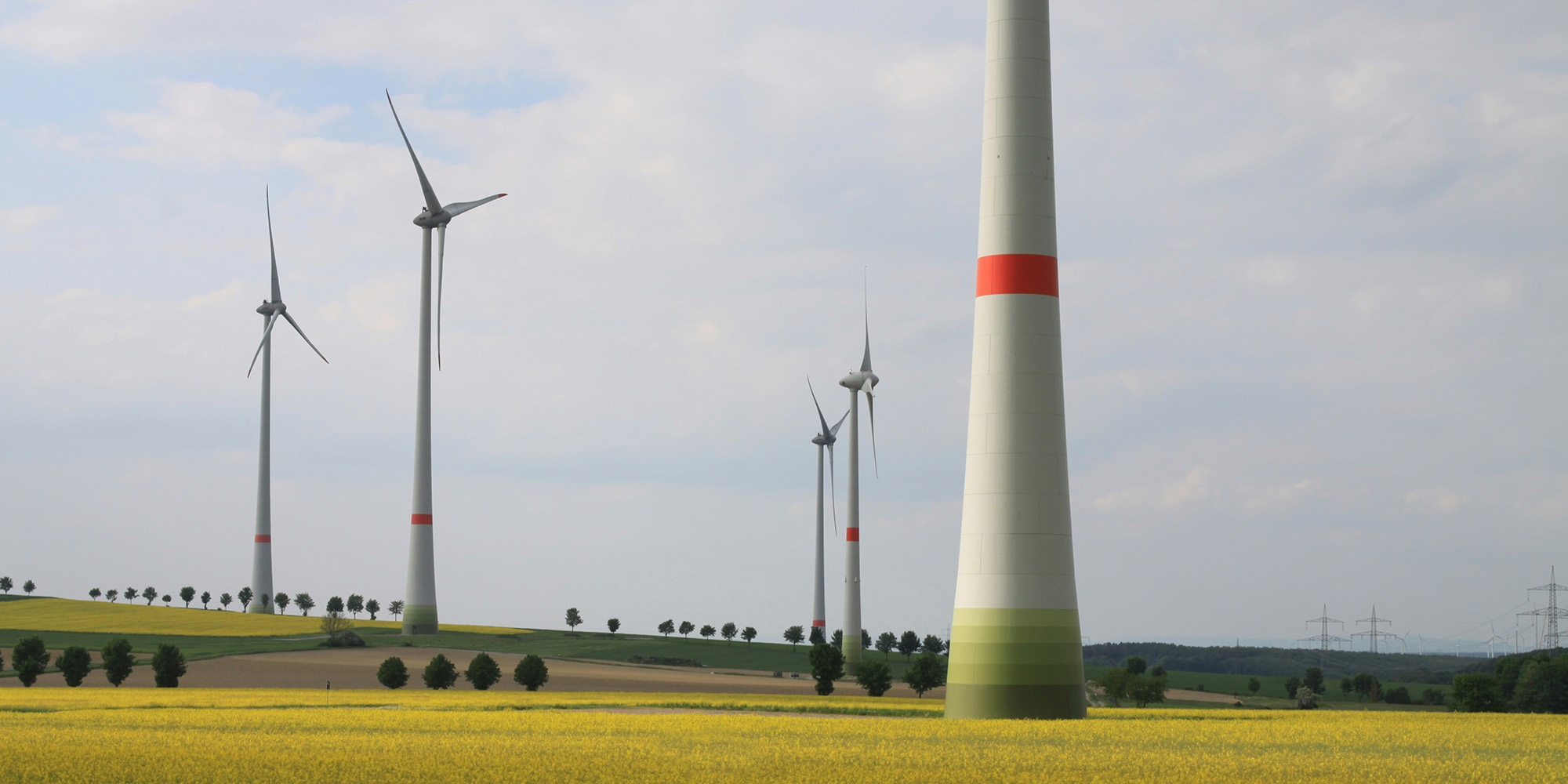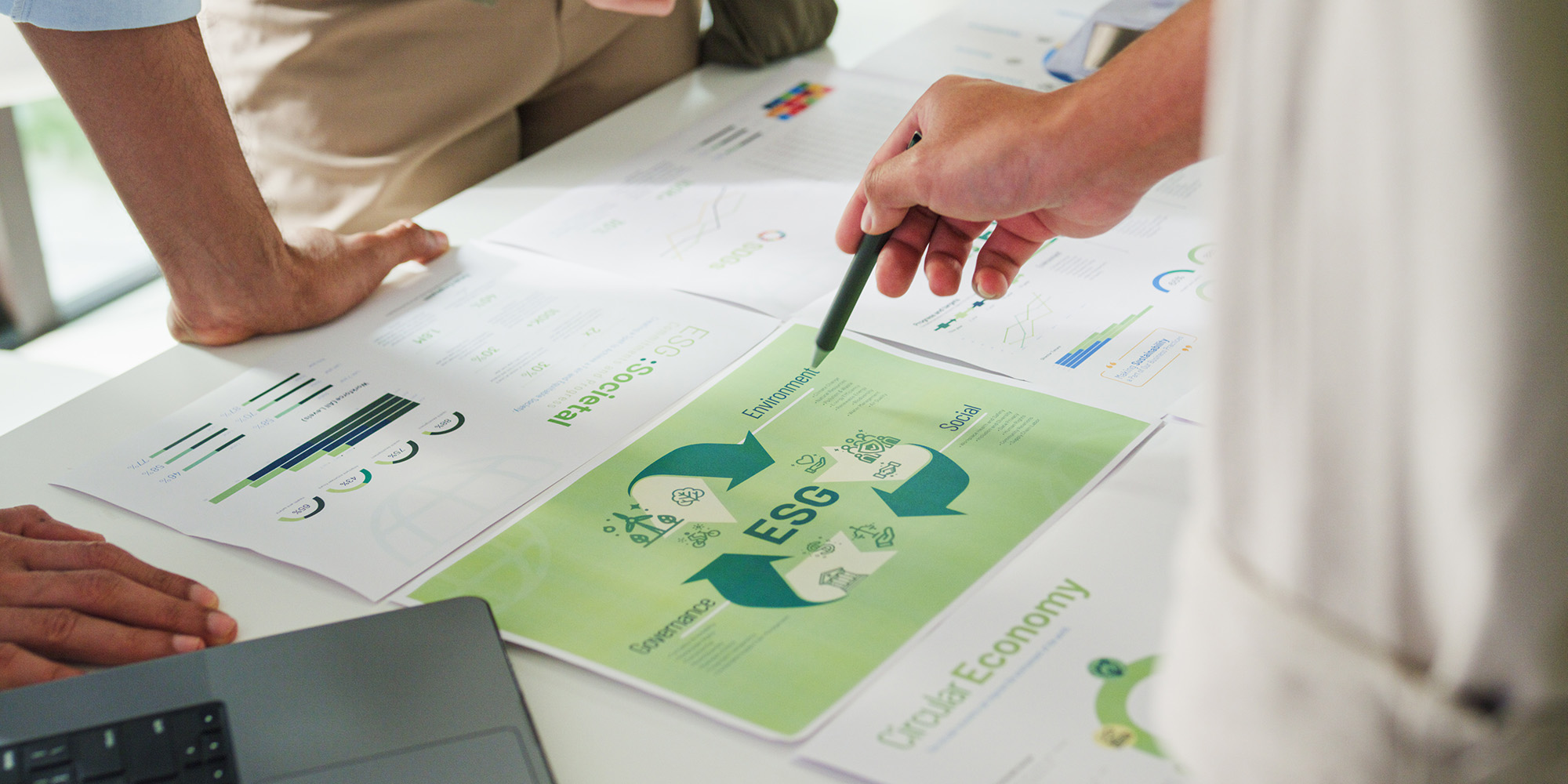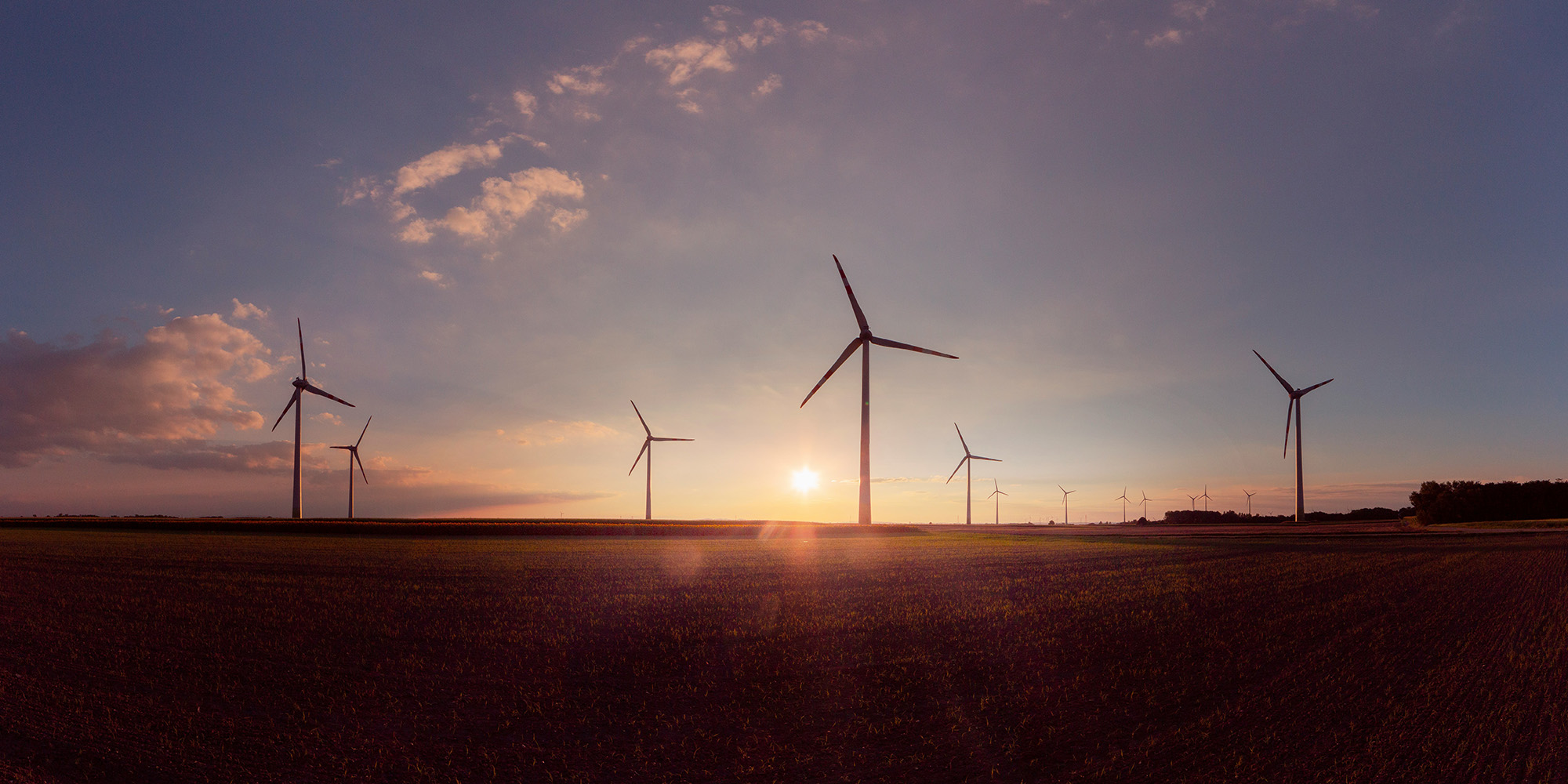Table of contents:
- What are Energy Attribute Certificates (EACs)
- The difference between bundled and unbundled EACs
- What are the benefits of buying bundled and unbundled EACs
- How do bundled and unbundled EACs contribute to the energy transition?
What are Energy Attribute Certificates (EACs)?
In a nutshell, Energy Attribute Certificates (EACs) are instruments that track the origin of renewable electricity and its environmental attributes. These documents tell buyers where and when a unit of electricity — typically 1 megawatt hour — was produced, what technology was employed, the age of the power plant that generated it, and other characteristics.
It is impossible to package and deliver electricity like other physical products. Electrons cannot be traced in the grid. Thus, EACs permit generators and consumers to “follow” a volume of renewable power injected as physical charge and extracted in another location. EACs buyers can then claim ownership of the environmental benefits of that volume of clean energy.
EACs are issued by government-regulated or market-driven entities, depending on the country. Sold as separate products, EACs become a source of revenue for renewable energy producers and allow consumers to choose what type of energy they wish to support with their purchases.
The difference between bundled and unbundled EACs
In principle, there is no difference between bundled and unbundled EACs. The only distinction is how they are purchased. Bundled EACs are sold together with physical electricity, that is, as part of the same contract. Meanwhile, unbundled certificates are sold separately, often by a different entity.
For example, electricity consumers can buy bundled EACs directly from power producers. Energy retailers can also sell bundled EACs by sourcing certificates from a power generator and packaging them with the same volume of power sold to customers. Power Purchase Agreements rely on bundled EACs, too (more about this below).
Meanwhile, unbundled EACs are typically sold by third-party retailers who do not provide physical electricity. In all these cases, however, buyers of EACs consume electricity from the grid and use the certificates to substantiate renewable energy consumption and emissions reduction claims.
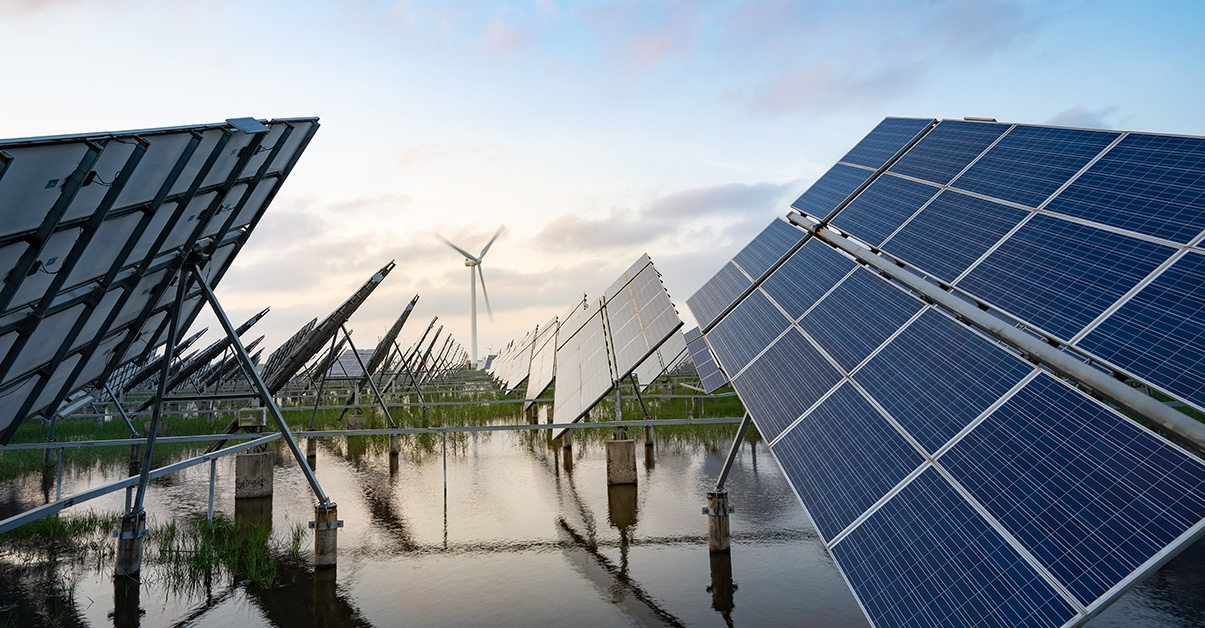
What are the benefits of buying bundled and unbundled EACs?
Although the characteristics of both types of certificates are virtually indistinguishable, how they are purchased can offer different benefits to buyers according to the size of their organisations, their energy needs, and their climate targets.
Advantages of bundled EACs for energy consumers
Bundled EACs are often associated with Power Purchase Agreements (PPA), long-term contracts between an electricity producer and an off-taker — electricity consumer — where the energy and EAC price is fixed for a determined period.
The main benefit of PPAs and the associated EACs is hedging. Energy markets are volatile. 2022 showed us just how much electricity prices fluctuate — and how fast they can skyrocket. PPAs shield consumers against such spikes. They guarantee stable energy costs and give companies the certainty that the conditions their business models depend on will not change.
Other types of contracts where consumers obtain EACs directly from their electricity suppliers can also mean a closer matching of companies’ consumption with the production of a given power plant. Although rules for matching EACs with renewable energy consumption vary across countries, some organisations prefer to keep them tied together as closely as possible.
Advantages of unbundled EACs for energy consumers
Unbundled EACs make renewable energy accessible for organisations of all sizes. Sold at prices regulated by supply and demand, they allow a wide range of consumers to choose their energy source without committing to long-term contracts that often require both deep knowledge of current and future electricity consumption and substantial purchasing power.
Buying unbundled EACs is synonymous with flexibility. While PPAs deliver many benefits, they only make sense for companies with utility-scale consumption. Unbundled certificates, on the other hand, allow a variety of actors — from multinationals to NGOs and private citizens — to consume clean power and use their money to support renewable energy producers regardless of their budget.
Moreover, unbundled EACs permit customers to select from a variety of providers and installations to meet their sustainability targets. They also afford buyers more autonomy in purchasing physical electricity, freeing them to procure power and documentation from different providers. In other words, unbundled EACs facilitate access to renewables and encourage widespread participation in the energy transition.
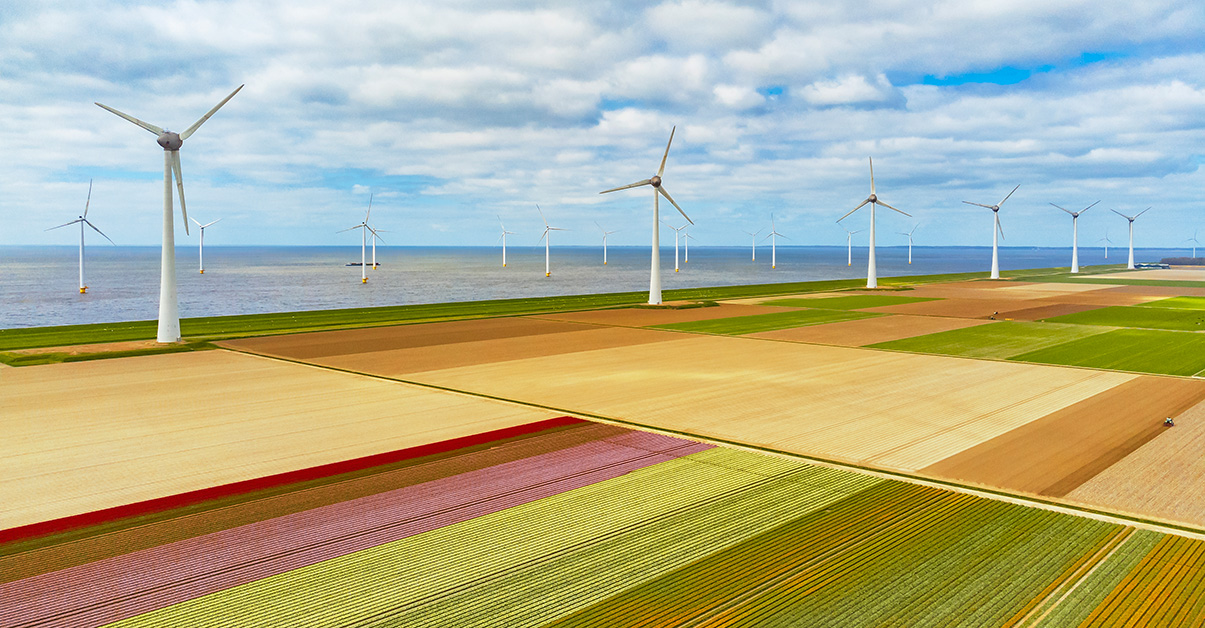
How do bundled and unbundled EACs contribute to the energy transition?
Energy Attribute Certificates are a source of income for renewable energy producers. Whether bundled or unbundled, EACs put a premium on clean electricity, which increases the earnings of producers and makes it more attractive to invest in more renewable capacity. There are, however, some differences that consumers should be aware of.
The impact of bundled EACs
The significance of bundled EACs is most clearly seen in Power Purchase Agreements. PPAs can be vital for new renewable energy projects. Securing income for several years gives certainty to power generators and facilitates attracting the investment funds necessary to build new installations. In short, PPAs can make new power plants financially viable.
This is known in the industry as ‘additionality’, or else, the assumption that a determined solar park or wind farm would not exist without the off-taker’s participation. And although that correlation may be complex, companies that sign PPAs are generally recognised as essential to the deployment of ‘additional’ renewable capacity.
The impact of adding renewable capacity is far from negligible, especially in countries where the electricity in the grid still has a high carbon content. By entering a PPA, off-takers can substantially reduce their energy-related emissions and contribute to decarbonising the local electricity system.
In all these cases, bundled EACs are crucial for documenting the delivery of renewable energy to the off-taker through the grid and the unique ownership of its environmental attributes.
The impact of unbundled EACs
EACs were created to unlock the impact of consumers’ choices. By allowing the participation of many, these market-based instruments send signals to the market that people prefer clean energy and channel revenue to be reinvested in more renewable power.
The cash flow can be significant. A recent analysis of the European market done by Ecohz showed that EACs, known in the region as Guarantees of Origin (GO), could raise 57 billion EUR for investments in clean power, enough to secure close to half of the additional production the EU needs to reach its 2030 climate goals. The lion’s share of this revenue will be generated by unbundled EACs.
Markets for documented renewable energy are developing worldwide. The GO system, for example, was established only two decades ago. However, as markets mature and demand grows, EACs have been shown to generate significant income that is already substituting subsidies in the construction of new electricity production devices.
Beyond Europe, EAC markets are experiencing rapid growth and are expected to accelerate as more countries enter issuance systems and new production devices come online.
In sum, impact from EACs is significant, whether bundled or unbundled. Albeit through distinct mechanisms and contractual arrangements, both document renewable energy purchases, enable consumers to make emissions reduction claims, and open a revenue stream for renewable energy generators.
For consumers, the choice depends on their own needs. Ask yourself, what are your targets and what option would best suit your organisation? Whatever choice you make, you will be taking steps towards a low-carbon future.


.png?width=3840&height=2560&name=Sun(1).png)

.png?width=3840&height=2560&name=Landscape_2(1).png)
